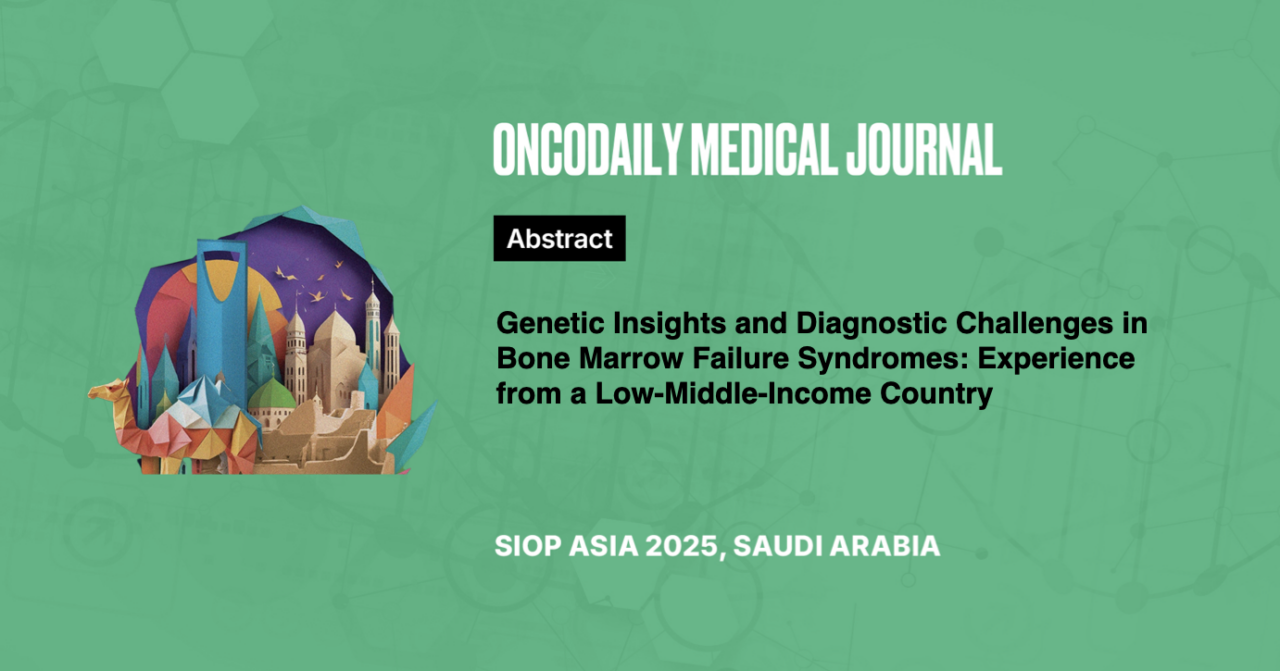Genetic Insights and Diagnostic Challenges in Bone Marrow Failure Syndromes: Experience from a Low-Middle-Income Country
Abstract
Introduction: Inherited bone marrow failure syndromes (IBMFS) arise from pathogenic (P)/likely pathogenic (LP) variants in specific genes. Considerable overlap exists between clinical findings of inherited and acquired aplastic anemias. Treatment approaches also vary between the two. We present the genetic abnormalities associated with IBMFS in a series of Pakistani patients.
Methodology: Retrospective review of charts of patients tested from March 2020 to October 2023. Genetic testing included Next Generation Sequencing based targeted panels, whole exome sequencing, and whole genome sequencing done at multiple clinical laboratories.
Results: A total of 40 patients (21 males, 19 females) were referred with suspected or confirmed bone marrow failure. Results showed: 13 patients carrying P/LP variants, 12 carrying variants of uncertain significance (VUS), while 13 patients had a negative result. Two (2) additional patients had only 1 P/LP variant identified, and a 2nd hit was not found. There could have been another impact from a deep-intronic variant or a complex genomic rearrangement undetectable by current NGS Methodology: in these cases. All the 13 patients with a positive result had autosomal recessive disorders. Eleven among them were born to consanguineous parents. Causative variants were identified in 11 genes with the majority being detected in FANCA (2; 15%), MPL (2; 15%), FANCC (1; 8%), FANCE (1; 8%), FANCG (1; 8%), FANCM (1; 8%), CARD14 (1; 8%), BRCA2 (1; 8%), DNAJC21 (1; 8%), CSF3R (1; 8%), and SLX4 1 (1; 8%).
Conclusion: We identified 11 genes linked to IBMFS in a varied Pakistani population, achieving a diagnostic rate of 33%, which is comparable to that reported from high-income countries. As IBMFS becomes genetically understood, we anticipate precision medicine benefiting patients from diverse backgrounds like ours, providing access to novel treatments. Additionally, it will enable familial testing for disease prevention in the future.





